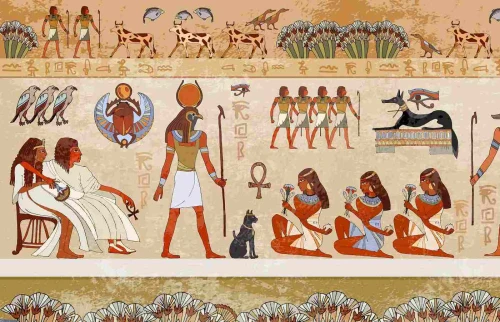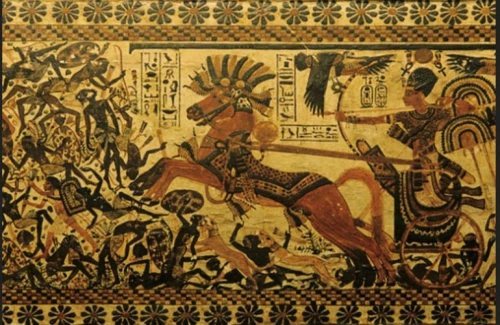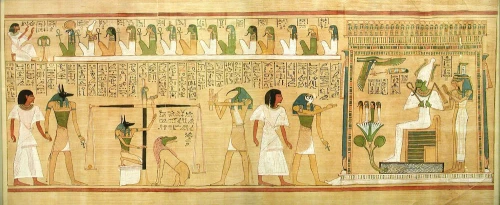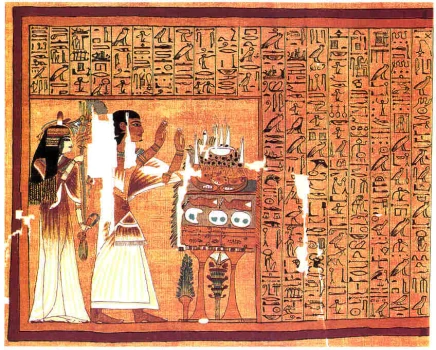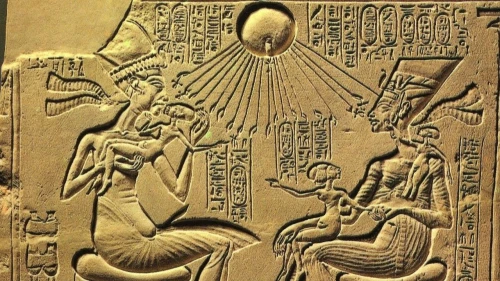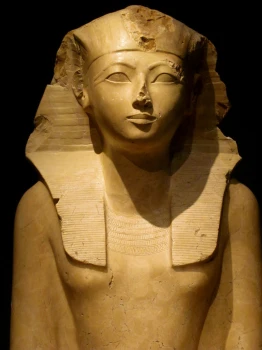
HATSHEPSUT When Queen Hatshepsut chose to rule Egypt as a king rather than a queen, she claimed the right because of her divine birth. Hatshepsut claimed her father was Amun, the great god of Thebes, and in her mortuary temple at Deir el Bahri, she carved the story of the union of her mother Queen Ahmes, and the god. The scene shows the queen and the god sitting
The face of Hathor, with her distinctive cow ears. (Photo by Pat Remler)
next to each other on a couch, and then the queen is shown to be pregnant. Hatshepsut was the first woman to rule as king of Egypt, and she had to legitimize her right to the throne by claiming to be the daughter of a god and by claiming that her earthly father, Thutmose I, chose her to succeed him while he was still alive. Had Hatshepsut been a son, she would have succeeded her father on the throne of Egypt. When, after 20 years of marriage, her husband, Thutmose II, died, Hatshepsut ruled Egypt as queen, for the heir to the throne, her nephew Thutmose III, was a young child. After a few years of ruling as queen, Hatshepsut crowned herself king and ruled Egypt successfully for many years. She brought peace and prosperity to Egypt, avoided wars, and initiated trading expeditions and building projects. For a brief period at the beginning of her reign, Hatshepsut ruled jointly, in co-regency, with her nephew Thutmose III.
 English
English
 Spain
Spain

